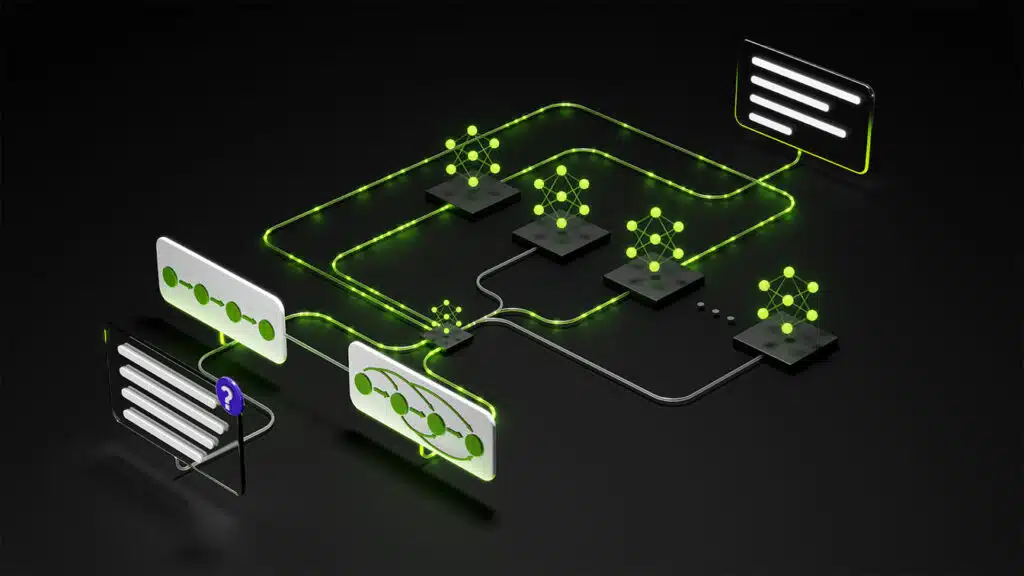Introduction
Qlik presented at AI Field Day about the AI analytics features the company has added to its data analytics products and about the future of generative AI using customers’ own data for better insights without requiring a data scientist. If I already have a large amount of data organized and available to visualize, how hard is it to add AI-based analysis to get insights? The first AI component added to Qlik’s data visualization is some automated analysis to find non-obvious data patterns. The trick here is to enable this pattern discovery without needing a data scientist.
At AI Field Day 4, Qlik’s Sean Stauth demonstrated an interface that allows someone familiar with what their data represents to be guided through a wizard to find these patterns. After a short wizard, the Qlik cloud service uses the customer’s data and tests several statistical analysis models to identify correlations in the data. The best method is then offered to the user for visualization. Using the Qlik cloud is an essential element here; the multiple possible models require quite a lot of processing, and this burst workload can be costly to accommodate on-premises. Qlik expects most of the AI functions it adds to work in its cloud, AI as a service, and be integrated with its user interface.
The example Sean demonstrated starts with customer churn data to identify factors that might be causal and then uses these factors to identify current customers at risk of leaving. The AI Field Day delegates commented that this was making AI-based analysis available to people who were only familiar with Excel and maybe making pivot tables. This is precisely what Qlik aimed for, with easy-to-use and powerful wizards that give insight and value quickly without requiring machine learning (ML) or statistical analysis knowledge. I like to think of this as where AI needs to go, where the AI is a feature of the product rather than the AI being the product. The promise of generative AI is taking away the need to know so much about your data and being able to ask plain-language questions and get plain-language answers. Qlik acquired Kyndi last year for its generative AI knowledge and, specifically, its RAG capabilities that can integrate your data in Qlik with a large language model (LLM) to simplify access to insights in your data. The future is conversational:
Question: “What is the top cause of customers canceling their service?”
Answer: “Your customers who are still using a pricing plan from three years ago are the most likely to cancel their service.”
The reason customers are holding so much data is more than compliance; good data can help businesses thrive. Qlik has been assisting customers to thrive with their data; adding machine learning and AI will make the value of data more accessible.
Disclosure: The Futurum Group is a research and advisory firm that engages or has engaged in research, analysis, and advisory services with many technology companies, including those mentioned in this article. The author does not hold any equity positions with any company mentioned in this article.
Analysis and opinions expressed herein are specific to the analyst individually and data and other information that might have been provided for validation, not those of The Futurum Group as a whole.
Other Insights from The Futurum Group:
The Futurum Group with Qlik at AWS re:Invent 2023 – Futurum Tech Webcast
The Evolution of Low-Code/No-Code Platforms
Application Development and Modernization
Author Information
Alastair has made a twenty-year career out of helping people understand complex IT infrastructure and how to build solutions that fulfil business needs. Much of his career has included teaching official training courses for vendors, including HPE, VMware, and AWS. Alastair has written hundreds of analyst articles and papers exploring products and topics around on-premises infrastructure and virtualization and getting the most out of public cloud and hybrid infrastructure. Alastair has also been involved in community-driven, practitioner-led education through the vBrownBag podcast and the vBrownBag TechTalks.






